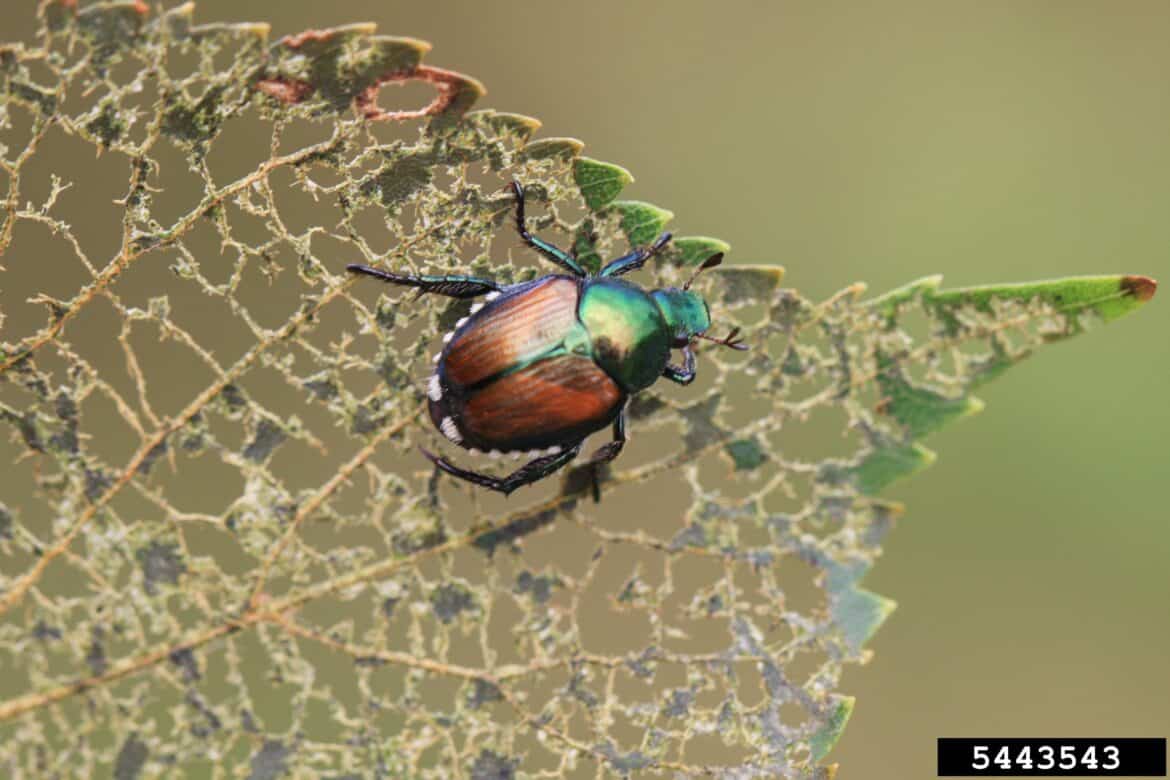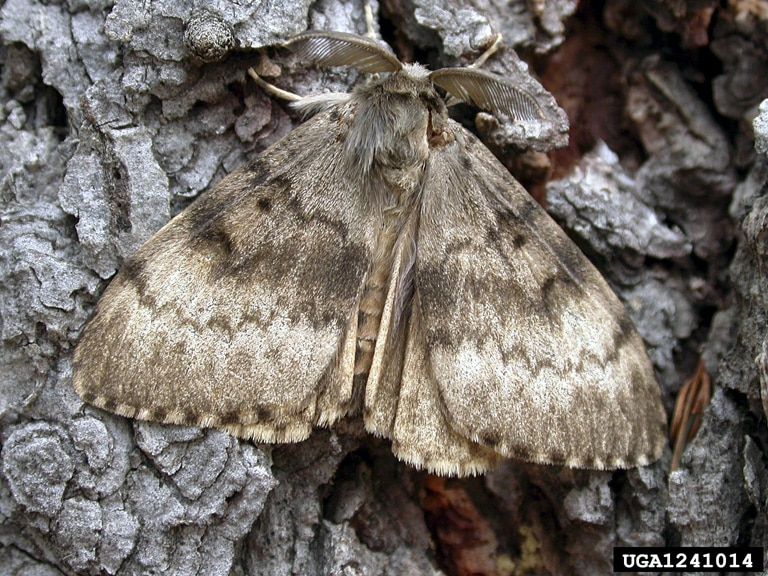The Invasive Species Council of BC (ISCBC) and the Canadian Council on Invasive Species (CCIS) have been invited to take part in the United Nations Biodiversity Conference (COP15), in Montreal, December 7th – December 19th, 2022.
The 15th meeting of the Conference of the Parties (COP) to the Convention on Biological Diversity (CBD) is a huge opportunity to take part in a critical conversation – including helping to set global targets for invasive species management.
Invasive species are the second greatest threat to biodiversity, globally. ISCBC Executive Director Gail Wallin describes the Montreal meetings as especially urgent in the face of climate change.
“The threat of invasive species increases with climate change. Ecosystems that are biodiverse are more resilient in extreme weather events, whereas high concentrations of invasive species – like Scotch broom with its high oil content – will increase wildfire risk. Preventing the introduction and spread of invasive species is critical to protecting biodiversity on a global scale. The international community recognizes this, identifying invasive species as a key issue and target at COP15.’

Wallin is referring to Target 6 aimed at managing pathways – the ways invasive species are introduced – as well as preventing, or reducing their rate of introduction, and controlling or eradicating invasive species to eliminate or reduce their impacts, all with a focus on priority species and priority sites.
Dr. Nick Wong has been consumed by the impact of invasive crabs on sensitive marine habitats since completing his PhD on the Asian paddle crab (Charybdis japonica), at the University of Auckland in New Zealand. As ISCBC’s Manager of Science & Research, he has been a key lead on Japanese Beetle (Popillia japonica), and Spongy Moth (Lymantria dispar dispar) initiatives in the Lower Mainland. He is attending COP15 as part of the Canadian delegation.

leaf | Credit: Steven Katovich, Bugwood.org

“I am very excited to support the negotiations in any way I can, to meet and network and learn from attendees from all over the world. I am also keen to share some of ISCBC’s exciting work, and my own experiences helping to support and protect BC’s unique biodiversity.”
ISCBC and CCIS will be there when governments from around the world unite to set new goals and create a new plan to guide global action on biodiversity through 2030.
Wallin says ISCBC’s goal in Montreal is to build on the organization’s strengths as collaborators and partners.
“Together with CCIS, we will host a two-hour presentation in the Canadian Pavilion on December 8th, called ‘All Hands on Deck.’ It will emphasize the importance of Indigenous leadership at every level, recognizing that invasive species issues can only be effectively advanced through collaboration and partnerships across jurisdictions. These discussions will examine the opportunities and challenges in invasive species management and highlight why agencies across the country should work with ISCBC and CSIS.’
ISCBC hopes to livestream this presentation, and updates on how you can watch will be posted on our social channels. Stay tuned!
Invasive species impact the economy, community, and the environment. We have much to contribute and we are grateful to be at the table.
Share


















